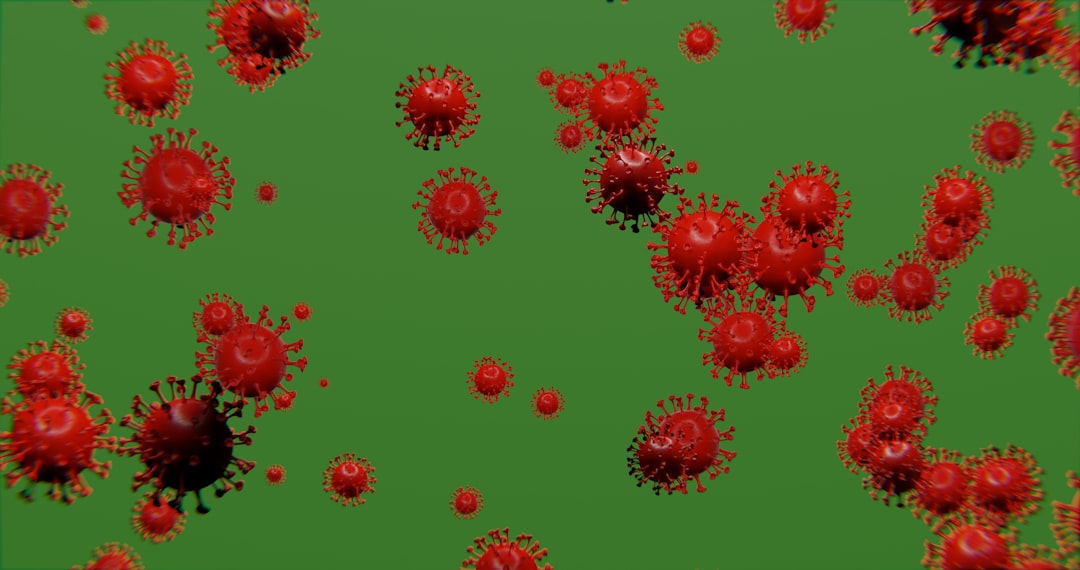What is it about?
The interrelationships among bean productivity, prevalence of pathogens in roots, seeds and soil, and root rot disease were described at the pod maturity stage in 13 commercial fields. Fusarium solani was the most prevalent fungus isolated from bean seeds and field soil compared to Rhizoctonia solani, Macrophomina phaseolina and F. oxysporum. Principal component analysis revealed that the first component explaining 32% of the total variance was correlated with the root rot index. PC1 was more strongly linked to root and seed infections in comparison with soil populations of pathogens. Based on a correlation between PC2 (accounting for 23% of the total variance) and the number of seeds per bean plant, charcoal, Fusarium and Rhizoctonia root rots were recognized as more important determinants of seed losses to root rot disease. There were correlations among the major pathogens infecting either roots or seeds of beans. These findings provide useful information for future experimental plans to optimize management strategies for bean root rots.
Featured Image
Why is it important?
In addition to developing new methods for pathogen detection, there is increased interest in understanding the role of seed-borne inocula in plant diseases epidemiology. Knowing the association of seed-borne pathogens with their soil population also provide useful information for disease management purposes.
Perspectives
We needed such information on root, seed, and soil infections by major root rot pathogens in bean farms in order to develop disease control strategies.
Dr Bita Naseri
Read the Original
This page is a summary of: Root rot pathogens in field soil, roots and seeds in relation to common bean (Phaseolus vulgaris), disease and seed production, International Journal of Pest Management, January 2015, Taylor & Francis,
DOI: 10.1080/09670874.2014.993001.
You can read the full text:
Contributors
The following have contributed to this page










